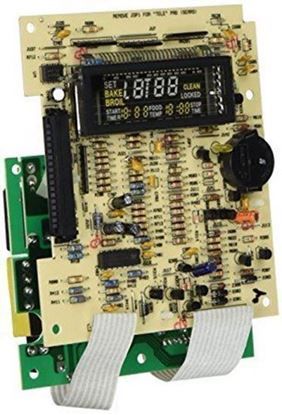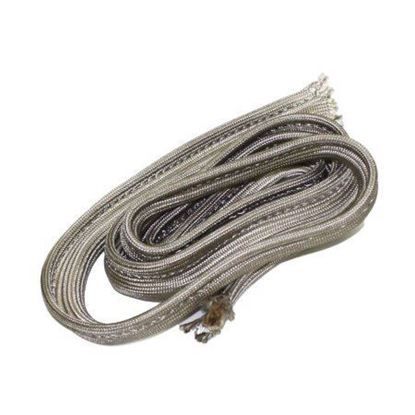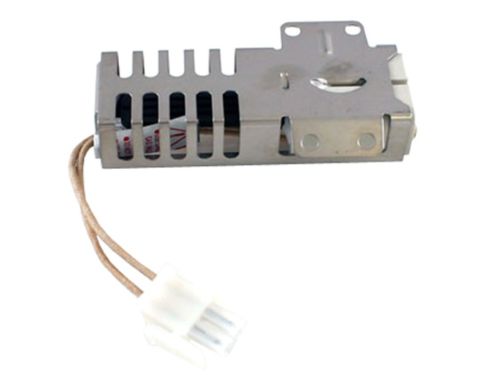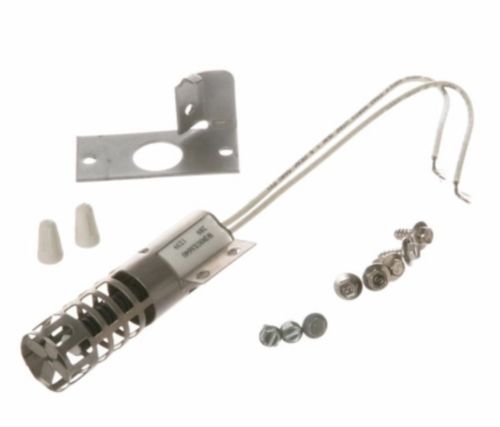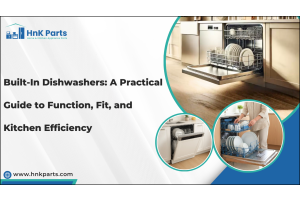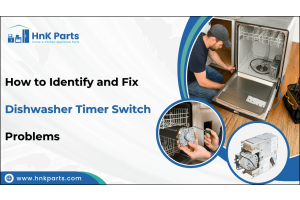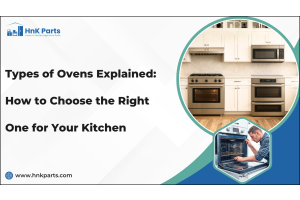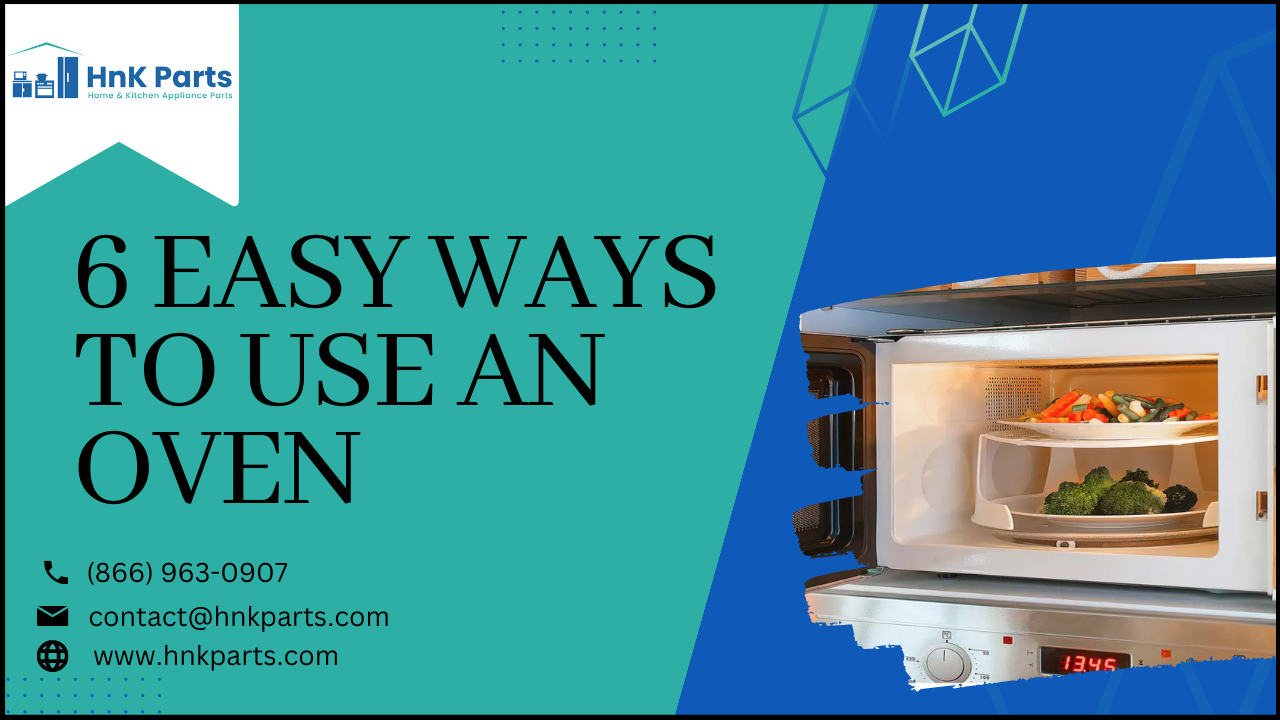
How to Use an Oven: 6 Quick & Easy Steps
Knowing how to use an oven is important for several reasons. First and foremost, an oven is a versatile and essential appliance used in cooking and baking various types of dishes. Understanding how to operate an oven allows individuals to explore a wide range of culinary options and create delicious meals at home.One key advantage of using an oven is its ability to cook food evenly. By distributing heat uniformly, an oven ensures that dishes are thoroughly cooked, reducing the risk of undercooked or raw food, which can pose health hazards. This evenly cooking process enhances the flavors and textures of the food, resulting in a more enjoyable dining experience.Furthermore, an oven provides a controlled cooking environment.
Top selling products
Knowing how to use an oven also enables individuals to follow recipes accurately. Many recipes specify baking or roasting instructions that rely on the precise temperature and cooking time of an oven. Being familiar with oven settings and functions allows cooks to achieve the desired outcomes of their recipes, whether it's achieving a golden-brown crust on a pie or ensuring a roast is cooked to the desired level of doneness. By following the proper instruction on how to use an oven empowers individuals to explore their culinary creativity, follow recipes accurately, cook food evenly, preserve ingredients, and prioritize safety.
Here we are providing the 6 quick and easy steps on how to use an oven that will help your cooking process.
| Table of contents: How do you use an oven step by step? How does rack position affect baking? How long does it take to preheat an oven? What is the safe temperature to keep food warm? Conclusion |
How Do You Use an Oven Step by Step?
Oven can be used in making a wide variety of food and also very helpful in making instant food to perfectly fit today's busy life schedules. As you can cook different types of food using an oven, it is essential to know how to use an oven perfectly. It is also important to maintain your oven in good condition and get genuine Oven parts incase of any replacements.
Here we have mentioned the step by step guide on how to use an oven:
Step 1: Identity your oven type
To cook the food perfectly using an oven, first you have to know what types of oven you are using. There are many types of ovens available to satisfy different customer needs and kitchens. Cooking processes such as broiling, baking, cooking meat or crispy items need different functions. To suit such functions ovens are made with different types and functions. Identify that your oven can perform your desired dish or not before starting the cooking process.
Some of the common oven types are:
- Gas oven
- Electric oven
- Convection oven etc
Step 2: Adjust the oven rack position
Adjust the Oven racks to the desired position based on the type of food you're cooking. Most ovens have multiple rack positions varying from 1 to 7, usually indicated by numbered slots on the sides. For general baking, the middle rack position is commonly used. If you want to make a crunchy or broiling recipe you have to choose the top rack, in case of baking and roasting you need the lower rack and for standard recipes place the rack in the center.
How does rack position affect baking?
The rack position in baking plays a vital role in achieving the desired cooking results. The position of the rack inside the oven determines the amount and direction of heat exposure that the food receives. Here's a simple breakdown of how rack position affects baking:
- Top Rack: Placing the rack in the top position of the oven promotes browning and crisping on the surface of the food. It's ideal for dishes that need a golden or crispy texture, such as broiling cheese, gratins, or toasting bread.
- Middle Rack: The middle rack is the most commonly used position for baking. It provides even heat distribution, allowing the food to cook evenly from all sides. It's suitable for cakes, cookies, muffins, and most baked goods.
- Bottom Rack: Placing the rack in the lowest position is beneficial when you want to ensure that the bottom of the food is well-cooked. This is suitable for pies, tarts, and pizzas with a thicker crust that requires more time to bake.
- Multiple Racks: If you're baking on multiple racks simultaneously, it's important to consider the spacing between them. Leave enough space to allow hot air to circulate freely between the pans. You may need to rotate the pans and switch their positions during baking to ensure even cooking.
Know more about the Parts of an Oven.
Step 3: Preheat the oven and prepare your food
Before you begin your cooking process, you have to preheat the oven to the required temperature based on the food you want to cook. Locate the temperature control knob or buttons, set the temperature, and wait for the oven to reach the selected temperature. Some ovens have preheating indicators that will let you know when it's ready.
While the oven is preheating, prepare your food by following your recipe or desired cooking instructions. Place the food in an oven-safe dish or on a baking sheet, depending on what you're cooking.
How long does it take to preheat an oven?
The time required to preheat the oven will vary based on the model you own. In general, it typically takes about 10 to 15 minutes for a standard electric oven to reach the desired temperature. Gas ovens may take slightly longer, usually around 15 to 20 minutes, as they require time for the gas to ignite and heat up the oven. However, it's important to note that preheating times can also be influenced by factors such as the specific temperature you're aiming for and the efficiency of your oven.
Know more about the preheat time of an oven.
Step 4: Place the food inside the oven and set cooking time
Open the oven door and carefully place your prepared dish or baking sheet with the food onto the desired oven rack. Make sure it's centered for even cooking. Locate the timer or cooking time control on your oven. Set the desired cooking time by using the buttons or by controlling the knob. If your recipe specifies a cooking time, follow that recommendation.
Step 5: Select the cooking mode and monitor the food while cooking
Most of the ovens these days are made with many advanced technologies and have many different cooking modes. Depending on your oven, you may have different cooking modes available, such as bake, broil, roast, convection, or others. Select the appropriate mode for your recipe or cooking needs. The mode selection options are typically displayed on the oven's control panel.
You may want to use the oven light to check the progress without opening the door too often, as this can cause temperature fluctuations. Adjust the temperature or cooking time if you notice that your food is cooking too quickly or too slowly. Avoid opening the oven door excessively, as it can affect cooking consistency.
What is the safe temperature to keep food warm?
The safe temperature to keep your food warm is above 140°F (60°C). This temperature range helps prevent bacterial growth and ensures that the food remains safe to eat. When reheating leftovers, make sure they reach an internal temperature of 165°F (74°C) to eliminate any potential bacteria that may have grown while the food was stored. Once reheated, you can keep the food warm at a temperature above 140°F (60°C) to maintain its quality and safety. In commercial kitchen's it is important to maintain a quality thermostat to monitor the temperature regularly using a food thermometer to ensure that it remains within the safe range.
Step 6: Remove the food and Clean your oven
Once your food is cooked to your desired level, carefully remove it from the oven using oven mitts or heat-resistant gloves. After removing the food, turn off the oven or rest the oven by adjusting the temperature control knob or pressing the appropriate buttons. Let the oven cool down before cleaning or closing the oven door. Always remember to clean your oven after completing the cooking process. Once your oven is back to the normal temperature, clean it neatly. Regular cleaning of an oven will keep your oven in good working condition and avoids the accumulation of dust and debris.
These are the 6 quick and easy steps on how to use an oven. Follow these steps properly and enhance your cooking experience.
Conclusion
Ovens can perform different types of cooking processes in desired time and can also make multiple foods by using multiple racks in various models. You can cook the food quickly, make different kinds of dishes, and can also preheat the food with the help of an oven. They can be fit in small kitchens and also can be used in commercial kitchens. Ovens are available in many variants and functions and are made with sleek designs and advanced technologies to enhance the convenience of the user and to provide optimum performance effectively.
FAQ’s
How do I turn my oven on to cook?
Here are the steps to turn the oven on to cook:
- Connect the power to the oven
- Locate the power switch and turn it on
- Set the temperature required for the cooking process by adjusting the knob or on the digital display
These are the basic steps to turn your oven on.
How does cooking in an oven work?
Cooking in an oven works by using heat to cook food. When you turn on the oven, the oven's heating element or gas burner produces heat. The heat is then circulated inside the oven, creating a consistent temperature. As the oven heats up, it gradually reaches the set temperature. This preheating process ensures that the oven is at the desired temperature before you put your food inside. Once the oven is preheated, you place your food inside an oven-safe dish or on a baking sheet.
The heat inside the oven circulates around the food and helps to cook the food by convection, radiation, and conduction methods of heat transfer. The cooking time depends on factors such as the type of food, its thickness, and the desired level of doneness.
Can I put aluminum foil in the oven?
Yes, you can place an aluminum foil in the oven. It's a common practice for cooking and baking. Just make sure to use standard household aluminum foil that is labeled as oven-safe. Remember to avoid direct contact with heating elements and check your oven's manual for any specific guidelines.
Does an oven cook from the outside to the inside?
No, an oven does not cook from the outside to the inside. In fact, the cooking process in an oven typically occurs from the outside towards the inside of the food. When you place food in the oven, the heat is transferred to the outer layers of the food through conduction, radiation, and convection. The hot air circulating inside the oven helps to cook the outer surface of the food first. As the cooking process continues, the heat gradually penetrates towards the center of the food, gradually cooking it. Thicker foods generally take longer to cook all the way through, as the heat needs more time to reach the center.
Why should you open an oven from the side?
Opening an oven from the side is recommended for safety and to minimize heat exposure. It helps prevent burns, keeps your face and body away from hot surfaces, maintains temperature consistency, and reduces heat loss.
Which part of the oven is hotter?
In a typical oven, the top part is generally hotter than the bottom part. This is because heat in most ovens is primarily generated from the top or the back of the oven cavity, depending on the specific oven design. As the heat rises, it naturally accumulates at the top of the oven, resulting in higher temperatures in that area. This can make the top part of the oven hotter than the bottom part.
Coming to the oven parts, the heating element will be hotter compared to the other parts. It is a crucial part that supplies the heat source to the cooking process in an oven.


